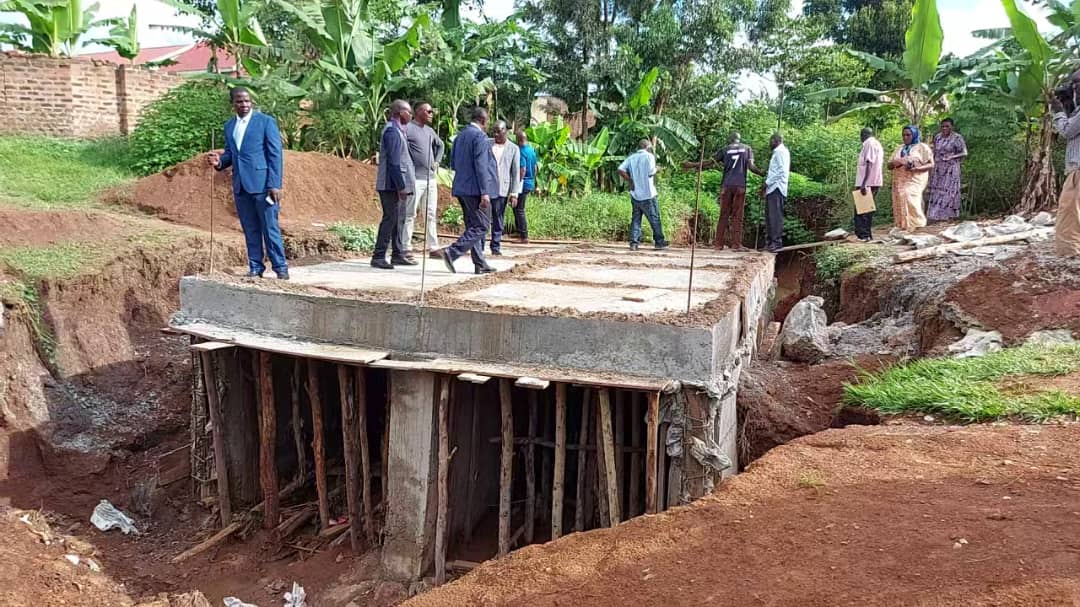AGRIBUSINESS: The tea process explained
By Diane Nabimanya
Tea is one of the most popular beverages in the world, with millions of people drinking it daily. But have you ever wondered how this simple leaf is transformed into the delicious brew that we know and love?
The first step in tea production is cultivation. Tea is grown on large estates called tea gardens or tea estates. The leaves are plucked by hand or by machine, depending on the size of the estate. The leaves are plucked in the morning, when they are still fresh and full of moisture.
Once the leaves are plucked, they are taken to the factory for processing. The leaves go through a series of steps to remove the moisture and preserve the flavour and aroma. These steps include withering, rolling, fermenting, and drying.
After the leaves are processed, they are graded and sorted according to quality. The leaves are then packaged, either in bulk or in individual tea bags. The packaging ensures that the tea stays fresh and retains its flavor and aroma until it reaches the consumer.
The tea production process is not only about the physical process but also about the people who are involved in it, from the farmers to the factory workers. The quality and the taste of the tea is also determined by the terroir, the weather, and the soil where it is grown.
Tea production is an art as well as a science, and it requires skill and knowledge to produce a high-quality product.
To understand this better, the NBS's Agri Business team trekked to the south-western part of the country in Rubanda district, where one of the prominent farmers highlighted the potential Uganda has in tea production and what needs to be done to improve tea production while also preserving the traditional methods that have been passed down for generations.













